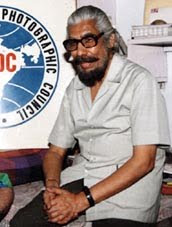
Today, the world celebrates World Photography Day, but few actually know where the seeds of the day were sown. In fact, it was an Indian photographer based in New Delhi, OP Sharma (fondly known as OP) who was the man instrumental in getting over 150 photography clubs and associations across the globe to celebrate August 19, as the birthday of photography.
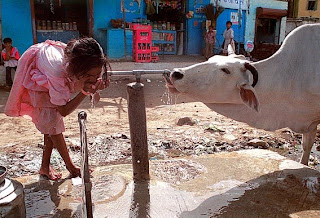
All through the year, all over the world, holidays and birthdays are celebrated. However, no one ever designated a day for photography; until OP came along.
From research work and entertainment, to documentation and art, photography is everywhere. World Photography Day was launched in 1991 by the Indian International Photographic Council (IIPC) of which OP Sharma is the founder member. Later, in 2002-03 the Photographic Society of America (PSA) with its multitude of members, across the world, joined in and also started to observe August 19 as Photography Day.
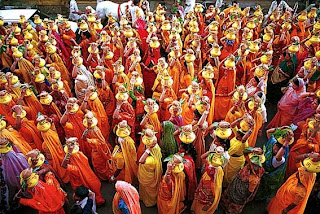
The first official photograph ever taken was on August 19, 1839. Photography was arguably one of the most important inventions of the 19th Century. Had this unique medium not been invented, our world would have been much darker than it is today. Let us not forget this fact and let World Photography Day see the light!
As for the news photographers working in modern day newspapers, their task is often tedious, sometimes life-threatening (as in covering a war zone, or tracking a flu pandemic), but it is also always rewarding.
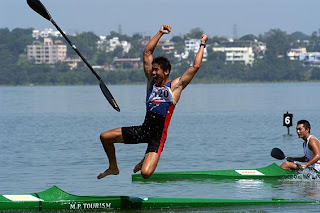
The photographer stakes his life on every image; especially the one that you, the reader, see every morning.
Photography as grown manifold over the past 170 years, and today every family in the world has a picture adorning a wall or a shelf in their home. The medium is such that everyone can become professional, thanks to the advent of the digital camera.
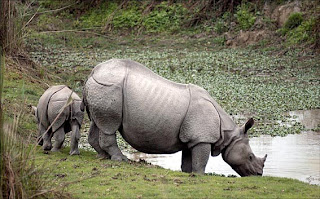
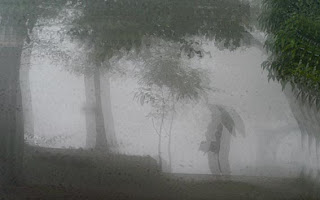
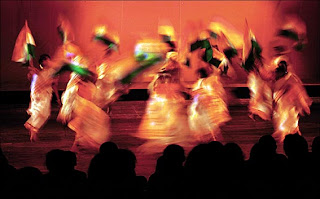
The future will see further enhancements in photographic technology and technique, but whatever it may bring, one thing will remain unchanged: The emotions one feels when one looks at a photograph. So this World Photography Day, sit back, take out an old family album and let your mind wander through its memories. After all that’s what photography is all about: Capturing history as it happens.
On a footnote it is important to stress that photography is an art, and as such, it’s high time the government of India recognized it as a fine art. After all, capturing emotions, takes a level of skill.


 The eye level picture (top left), the overhead picture (top right) and the low angle picture (left). See the varing angles which gives creativity to the pictures. - Model Pankaj Advani. - Professional Billiards Champion, 2009. Photo courtesy A Veeramani. DNA
The eye level picture (top left), the overhead picture (top right) and the low angle picture (left). See the varing angles which gives creativity to the pictures. - Model Pankaj Advani. - Professional Billiards Champion, 2009. Photo courtesy A Veeramani. DNA












































